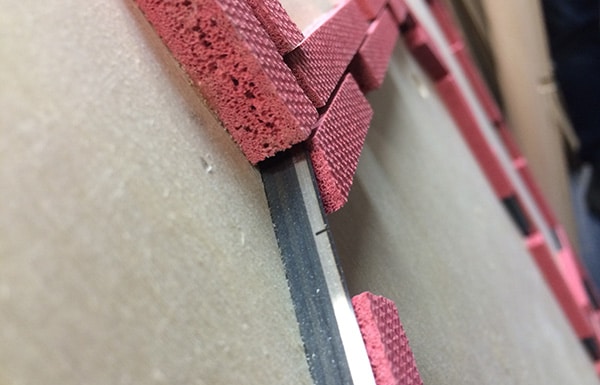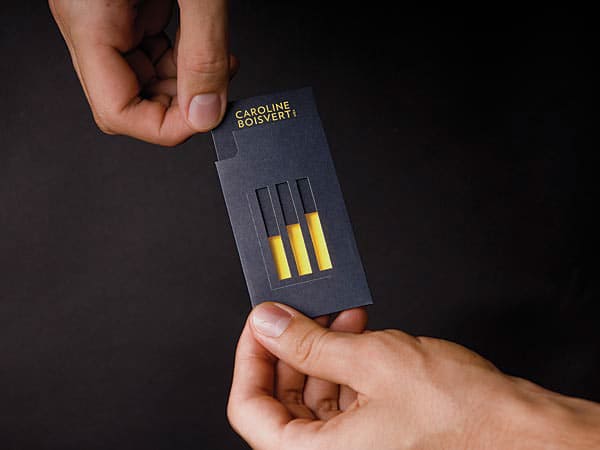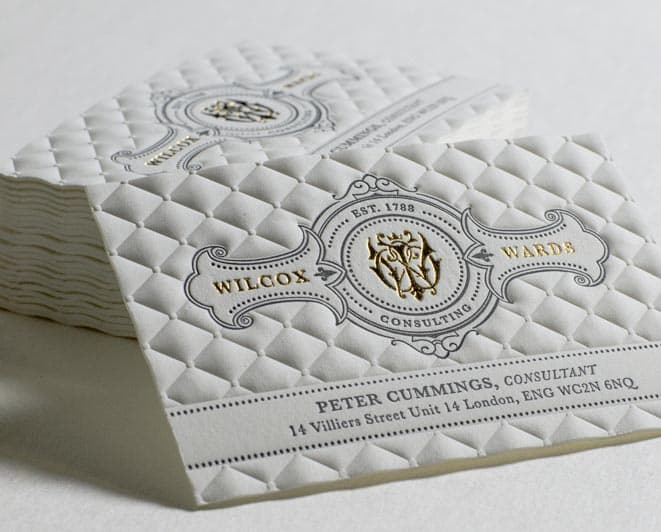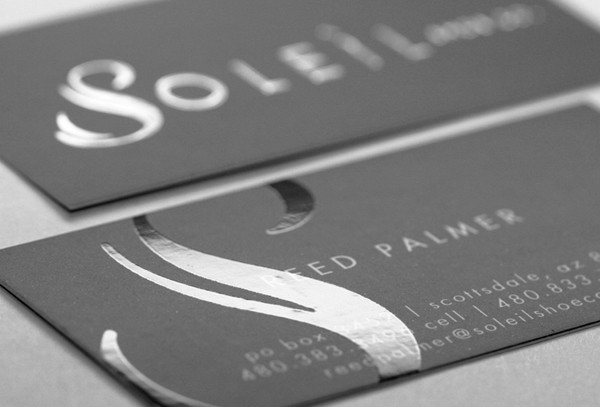All About Paper
We love paper. After nearly 25 years of business, and countless print projects, we can confidently recommend the best paper for each project. We work closely with paper suppliers and our local printer partners to choose the perfect paper. Beyond color, you’d be surprised how many versions of “white” there are. Here are the basic paper stock options to consider.
Paper Weight
- Text – Text weight stock is the weight of standard printer paper. It is used for letterhead, handouts etc.
- Cover – Cover weight stock is thicker, and similar to what a file folder is made from. It is used for things like postcards or business cards.
Paper Texture
- Smooth – Both coated and uncoated paper can have a smooth finish
- Matte – Non-glossy, flat looking paper with very little sheen
- Satin – Colors will be sharp and vivid, but the finish is less shiny with a lower gloss level
- Glossy – Glossy paper makes photos pop and colors more vibrant, and has a high sheen
Paper Coating
- Coated – Coated paper make details sharper and colors denser. Coating can be matte, dull or glossy, and paper can be coated on just one side. Applying coating makes paper difficult to write on.
- Uncoated – Uncoated paper is used for stationery, envelopes, and other projects you intend to write on. This is the easiest paper to write on because it absorbs ink.
Eco-Friendly
If your company is interested in reducing its environmental footprint, we can source recycled paper made from post-consumer waste, (from 10% to 100% recycled), and can request soy-based ink for your projects.
“Non Paper” Paper
There are several printable plastics and fiber-based papers available that are moisture and tear resistant. They’re often used for menus & envelopes, or in place of printing techniques like lamination.
A printed brochure, business card, or mailing is a chance for you to provide a tactile experience to your customer. Choosing a unique or high quality paper stock can really help your print piece stand out.







